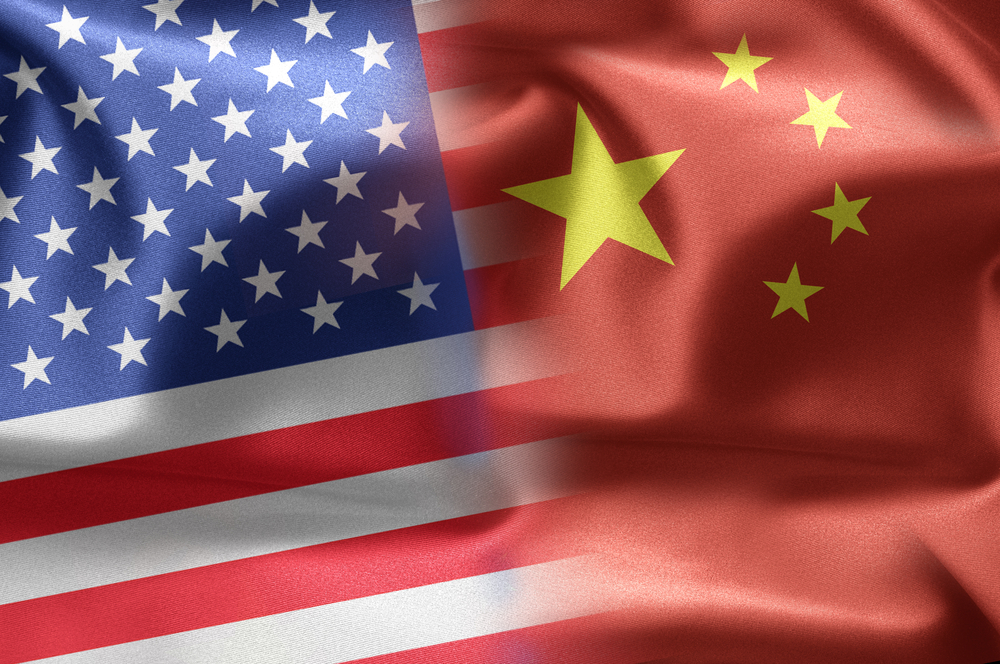Breaking
China protests US ship sailing by island in South China Sea

China, which claims virtually the entire South China Sea, routinely protests such operations, which President Donald Trump’s administration has continued partly to reassure allies locked in territorial disputes with Beijing.
BEIJING—China expressed its “strong dissatisfaction” with the U.S. over the Navy’s latest freedom of navigation operation in which a warship sailed past one of China’s man-made islands in the strategic South China Sea.
A leading U.S. think-tank , meanwhile, released a new report documenting what it said was continuing reclamation work on Chinese-controlled islands in the area despite a recent claim by China’s foreign minister that such work had stopped two years ago.
In a statement late Thursday, Chinese Foreign Ministry spokesman Geng Shuang called the U.S. Navy’s action a “provocation” that “severely undermines China’s sovereignty and security, and severely endangers the safety of frontline personnel of both sides.”
China, which claims virtually the entire South China Sea, routinely protests such operations, which President Donald Trump’s administration has continued partly to reassure allies locked in territorial disputes with Beijing.
“China has the firm determination to safeguard its territorial sovereignty and maritime interests,” Geng said. The U.S. move will “compel China to take measures to further raise its capacity to defend national territory,” he said.
A U.S. Navy official told The Associated Press that the destroyer USS John S. McCain sailed past Mischief Reef on Thursday. U.S. officials say the military will continue to sail, fly and operate wherever permitted by international law.
Geng said the Chinese navy “identified the U.S. warship, warned and expelled it.”
China and the U.S. maintain different interpretations on international law as applied to the operation of warships, and Beijing has ignored a Hague arbitration court’s ruling that invalidated much of its South China Sea claim.
Although the Philippines has taken steps to improve ties with China under its current leader, Rodrigo Duterte, presidential spokesman Ernesto Abella said Friday “we don’t find (the sail-by) objectionable.”
Tensions in the region escalated after China began to turn seven reefs in the Spratly group, including Mischief, which is also claimed by U.S. defence treaty ally the Philippines, into islands, including three with runways.
Missile systems and other defence infrastructure are believed to have also been installed on the islands, which the U.S. and China’s neighbours fear could be used to project Chinese power into the area and potentially obstruct freedom of navigation.
Firing back at criticism of China’s activities, Foreign Minister Wang Yi said Monday that China had “stopped or already completed land reclamation” on its holdings in the South China Sea two years ago.
However, the Washington-based Center for Strategic and International Studies said China was continuing to reclaim land in the Paracel Islands to the north of the Spratlys.
Wang’s claim “is false” and China’s reclamation work “did not end in mid-2015 with the completion of its artificial islands in the Spratlys,” said the report.
The Paracels play “a key role in China’s goal of establishing surveillance and power projection capabilities throughout the South China Sea,” the report said. “To this end, Beijing has undertaken substantial upgrades of its military infrastructure in the Paracels.”
China occupies 20 outposts in the chain and improvements include the addition of harbours, helipads, an airstrip, hangars and a surface-to-air missile battery, the report said.
Earlier in the week, Wang said talks on a nonaggression pact aimed at preventing clashes from erupting in the South China Sea may start this year if “outside parties” don’t cause a major disruption, in an apparent reference to Washington and allies such as Japan.
The U.S. is not a party to the disputes in the busy and potentially oil- and gas-rich waters that also involve Brunei, Malaysia, the Philippines, Taiwan and Vietnam. Washington, however, has declared it in its interest to ensure that the conflicts are resolved peacefully and that freedom of navigation and overflight remain unhampered. An estimated $5 trillion in annual trade passes through the waterway.
Washington’s critical actions came as it courts the help of China, North Korea’s most important economic partner, in taming Pyongyang’s nuclear weapons ambitions and ending its missile tests.





















